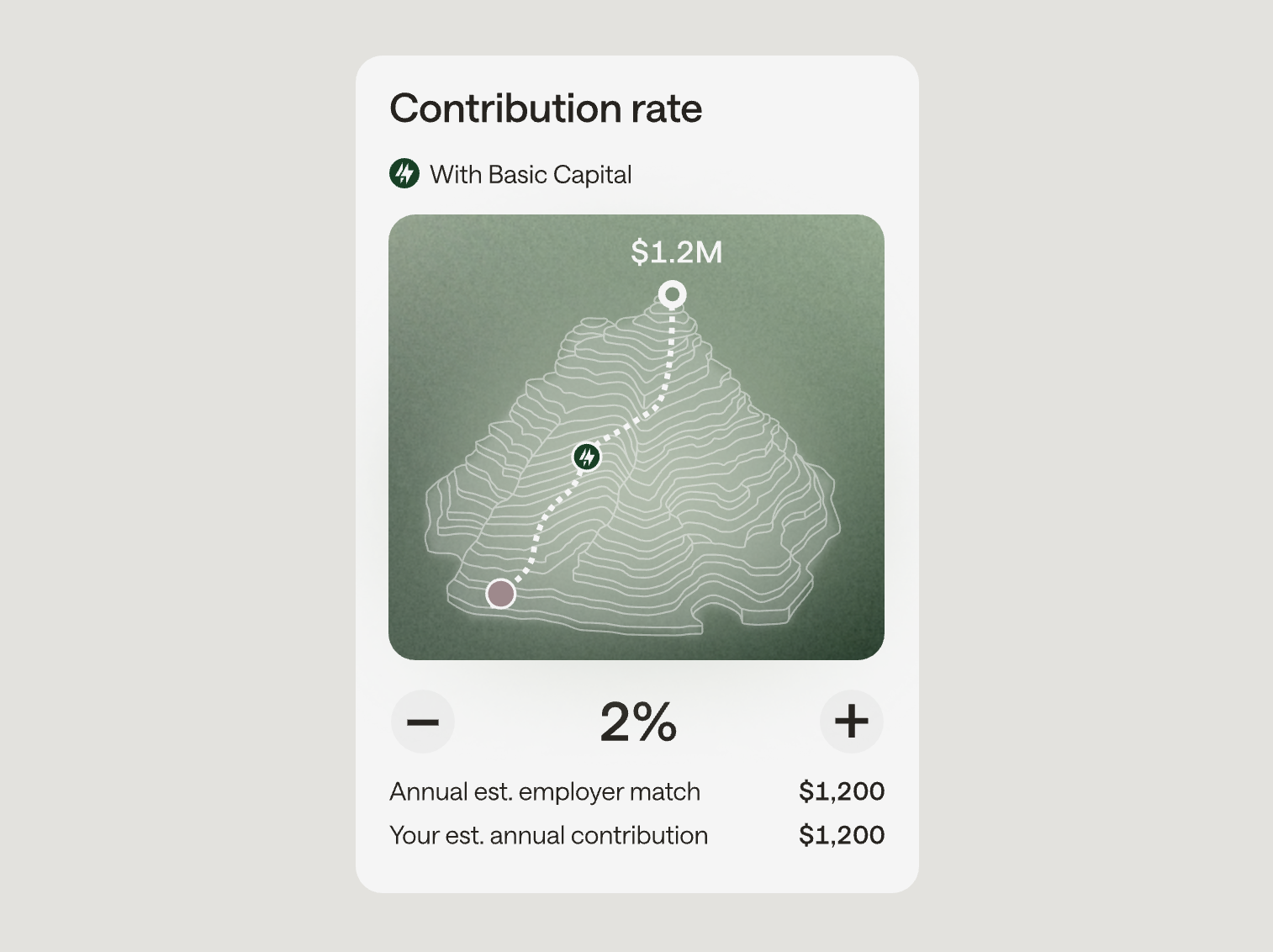Picture this: you switch from Spotify to Apple Music. The playlists transfer, but something vital disappears—not just what you listened to, but the understanding that you code to death metal and cook to jazz. The system that knew to serve up focus tracks when your calendar is filled with meetings or to cue sleep meditations at midnight is suddenly gone.
That loss isn't about data. It's about cognition: the ability to understand you deeply enough to predict what you need before you ask. When cognitive effects take hold, switching services isn't impossible, but it's painful and often unjustifiable. How do you walk away from a system so uniquely molded to you with intelligence that can't be reproduced elsewhere?
A First in the History of Moats
For the past two decades, the strongest moats in technology were built on external forces: network effects and economies of scale. Facebook worked because your friends were there. Amazon dominated because its fulfillment network reached everywhere. Even LinkedIn keeps users not necessarily through customized personal utility, but because of its massive, hard-to-replicate network.
These lock-ins are structural and impersonal. They scale by aggregating people and infrastructure, not by understanding them.
Cognition is different. It's personal, cumulative, and aligned with you. It doesn't depend on external scale, but on engagement. Unlike network effects, which can often create one dominant ecosystem per category, cognitive effects create millions of microsystems—one per user.
Cognition goes beyond memory. It's about recognizing patterns, inferring intent, anticipating needs, and assembling experiences so intuitive that leaving feels like self-sabotage.
The product that knows you best doesn't just win your business—it wins against future businesses, because no one else can replicate the cumulative context and predictive intelligence.
We're already seeing cognitive moats emerge. Google Maps anticipates destinations and adapts to routines. Spotify's Daylist reads mood and time. Oura predicts health changes before users notice. Their retention metrics speak volumes: Oura keeps 95% of users, Spotify's premium retention holds at 85%.
We can have Spotify-like relationships across every category—health, finance, learning, connection, commerce—where cognition compounds understanding and loyalty over time.
Why Now: The Convergence Moment
Three shifts have converged to make this moment ripe for products built around cognition: technology maturity, user readiness, and an aligned value exchange.
The technology is ready. Large language models and intelligent agents can now retain and apply information across contexts at unprecedented levels. Hybrid systems combining vector databases and knowledge graphs update memory intelligently and retrieve long-term relationships across millions of interactions. Edge processing enables real-time reasoning with secure, personal context. What was research five years ago is now infrastructure available to anyone building a product.
Users are ready. After years of forgetful apps and shallow personalization, consumers are hungry for continuity. They've experienced moments of magic—Netflix recommendations that just work, Oura insights that anticipate their needs—and they want that feeling everywhere. They don't want to program agents; they want agents that simply understand.
The business model is aligned. When users opt out of tracking, they're not rejecting personalization—they're rejecting misaligned incentives. Subscription and privacy-first models have normalized paying for experiences that protect personal data while delivering true value. Companies that safeguard what they learn—and use it to predict intelligently—will earn durable trust.
Together, these shifts create a once-in-a-generation opportunity: a new kind of user contract, not based on scale or lock-in, but on earned understanding that can't be replicated elsewhere.

.jpg)
The Art of Cognitive Design
Every company today stores data and personalizes experiences. But cognition is the next frontier: the ability to stitch memory, intuition, and prediction into something that feels like partnership.
Cognitive products move along a gradient of understanding. Each level requires deeper reasoning about causality, context, and intent. The best companies design for anticipation from day one, progressing up this slope with nuance and care.
A few key principles define this craft:
Bring customers along. Unexpected predictions can feel eerie if right, and frustrating if wrong. Contextual ones feel magical. The goal is to predict in ways that feel natural, not invasive—insights that arrive at precisely the right moment with precisely the right framing.
Show your work—selectively. Know when consumers need to see how the system works so they can trust and understand it. Reveal the "why" during trust-building; hide the mechanics during habit formation. It's not about transparency versus mystery—it's about knowing when users need each.
Depth beats breadth. It's better to predict one thing perfectly than many things passably. Focus on the causal patterns that matter most and frame uncertain insights as suggestions, not absolutes. Master the narrow use case before expanding.
This is the art form of cognitive effects. There's no set playbook—judgment and timing are part of the moat itself. The companies that master this balance will feel simultaneously reliable and almost alive.
Building the Cognitive Moat: Why Startups Win
Incumbents have scale and distribution, but they're constrained by architecture and incentives. Apple's on-device intelligence is powerful but fragmented. Google's data ecosystem is vast but limited by ad-driven models. Microsoft's Copilot is confined within enterprise boundaries.
Startups, by contrast, have the freedom to design cognition from the ground up, with user alignment as the default.
In this era, vertical mastery beats horizontal expansion.
A general agent that tries to do everything will lose to a product that understands one domain in exquisite detail. Depth builds trust, and trust fuels data richness. A fitness app that perfectly times your recovery beats a general productivity tool that tacks on wellness. A shopping assistant that understands microtrends, flattering fits, and taste nuance will outperform a universal commerce aggregator.
Excellence at the edge—the places of deep subjectivity and personal nuance—is where cognitive effects can compound fastest. That's where the magic happens.
The economics make this inevitable. Network effects compound through scale. Cognitive effects compound through understanding.
Each interaction sharpens intelligence. Better predictions drive retention; retention creates more data; more data improves predictions. That virtuous cycle accelerates value per user without depending on external growth. The product becomes more irreplaceable the longer it's used.
Since cognitive effects shift compounding from external to internal—from owning the network to understanding the individual—they have the potential to compound much faster than traditional software. Where network effects require you to acquire millions of users to achieve dominance, cognitive effects allow you to become irreplaceable to each individual user independently. The moat deepens with time, not just with scale.
This changes everything about how venture outcomes are built.
The path to defensibility no longer requires winning the entire market first. You can build an unassailable position one user at a time.
The Next Platforms: Where This Leads
The companies mastering cognitive effects today are building toward something larger—a fundamental restructuring of how software understands us.
If this decade's winners turn memory into cognition, the next decade's winners will make cognition portable.
Today, our apps operate as isolated silos of intelligence. Each one remembers a narrow part of our lives. But users will expect this memory layer—their rich contextual history—to travel securely and privately between services.
Imagine a connective tissue for personal intelligence: a Portable Cognition OS that manages identity, context, and understanding across every app. Think of it as what Plaid did for fintech, but for the mind.
Your health app's insights could inform your calendar. Your learning platform could shape your work routine. Your assistant could draw on patterns from all of them. Memory, made portable.
Someone will build this. A company that coordinates how systems understand people won't just power the next generation of applications—it will redefine how technology molds to us.
When memory flows across the tools we use, cognition becomes the defining art.
Memory becomes a commodity, while assembly and refinement of experience becomes the differentiator.
The winners won't be those with the most data, but those who orchestrate understanding most elegantly.
Investing for a More Cognitive World
For twenty years, we built software that required us to adapt to it: The next era inverts this completely.
At Forerunner, we're investing in products that make life run smoother, smarter, and more human by placing cognition at the core.
We see opportunities across productivity, health, commerce, learning, and creativity: categories where anticipatory intelligence compounds trust and habit. We're equally focused on the infrastructure enabling it: secure personal context stores, long-term memory APIs, dynamic retrieval systems, and reasoning frameworks. These are the connective layers that the next generation of consumer products will depend on.
For twenty years, we built software that required us to adapt to it: learning its commands, navigating its menus, bending to its logic.
The next era inverts this completely. Imagine a world where your tools don't just respond but anticipate. Where technology doesn't demand your attention but protects it. Where software doesn't make you feel productive but makes you feel understood.
That world isn't science fiction. It's being built right now, one cognitive layer at a time, by founders who understand that the future belongs not to those who aggregate the most users, but to those who understand each user most deeply.
The best products of the next era won't wait for you to tell them what you need. They'll already know. And in knowing, they'll give us something we've never had from technology before: the feeling that it's finally on our side.





